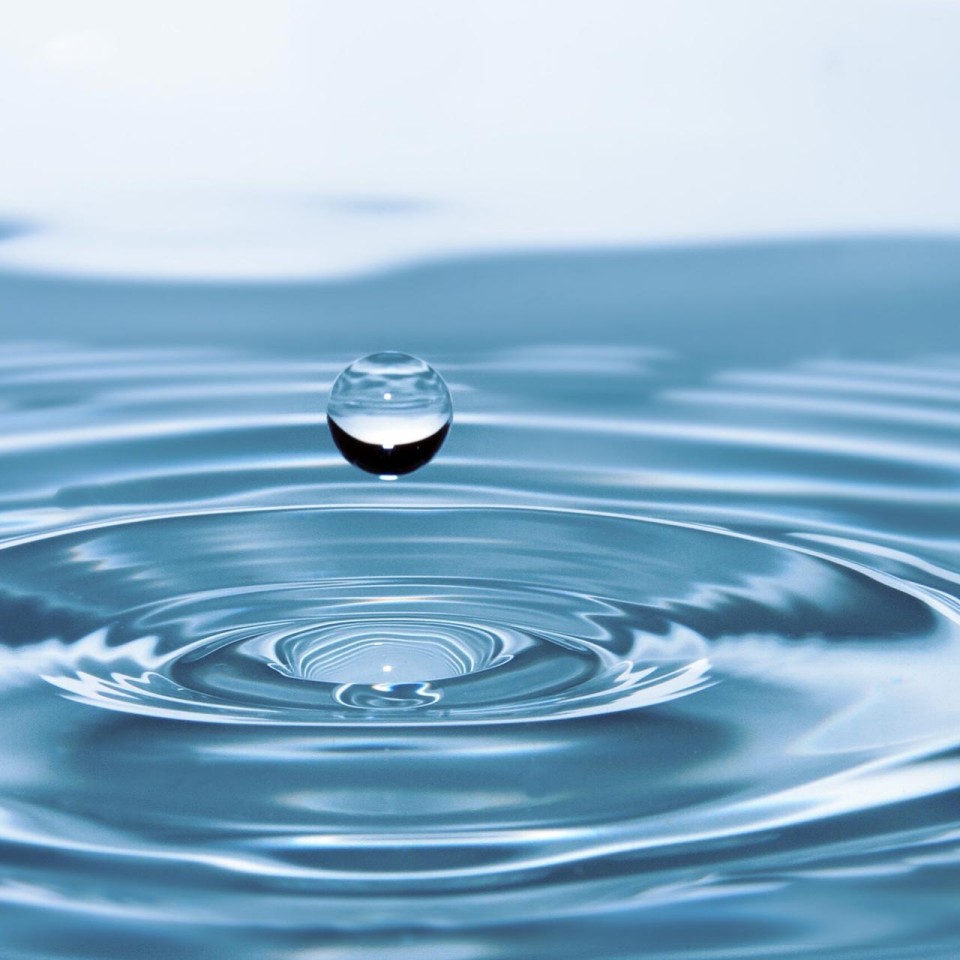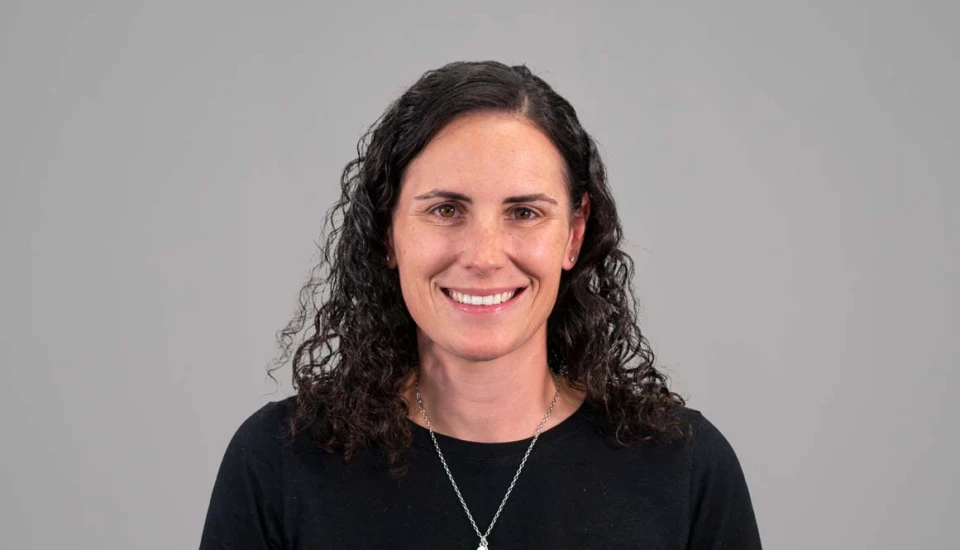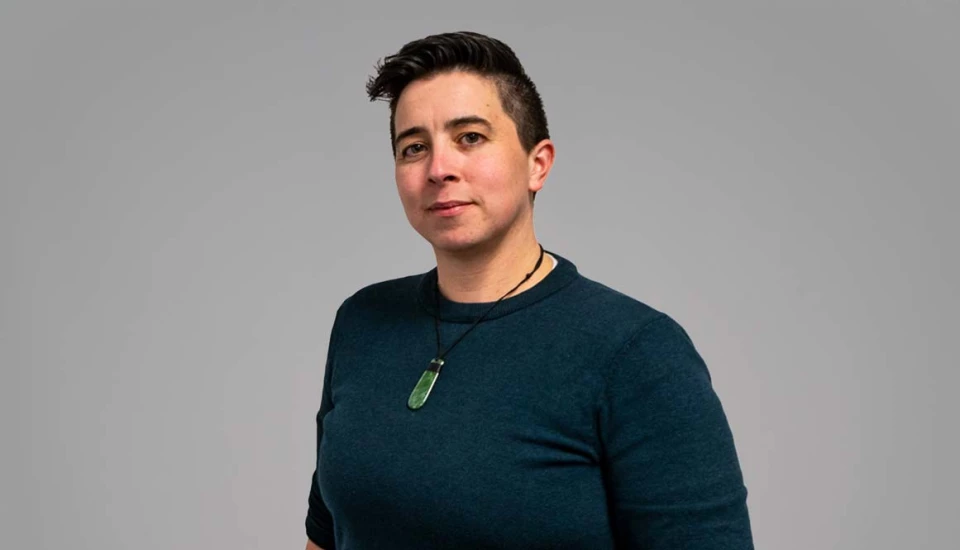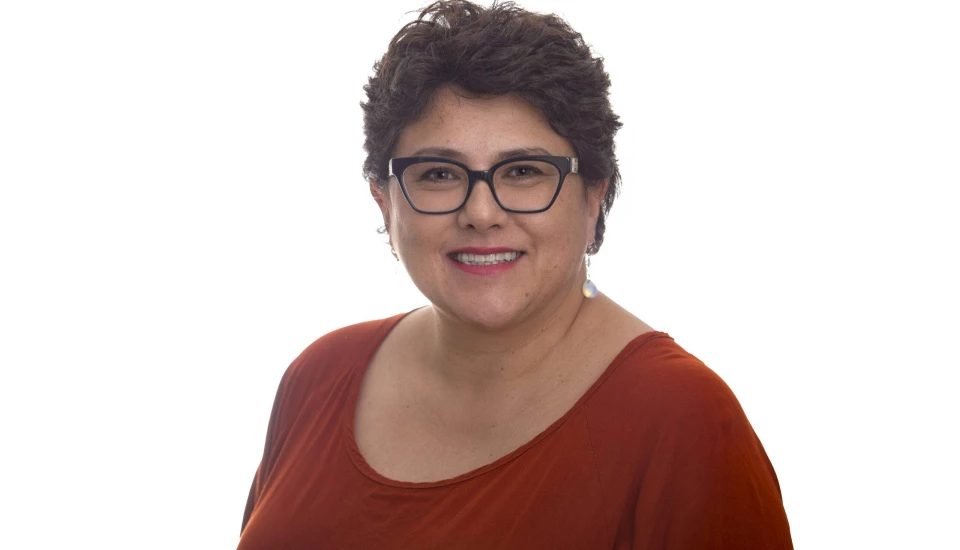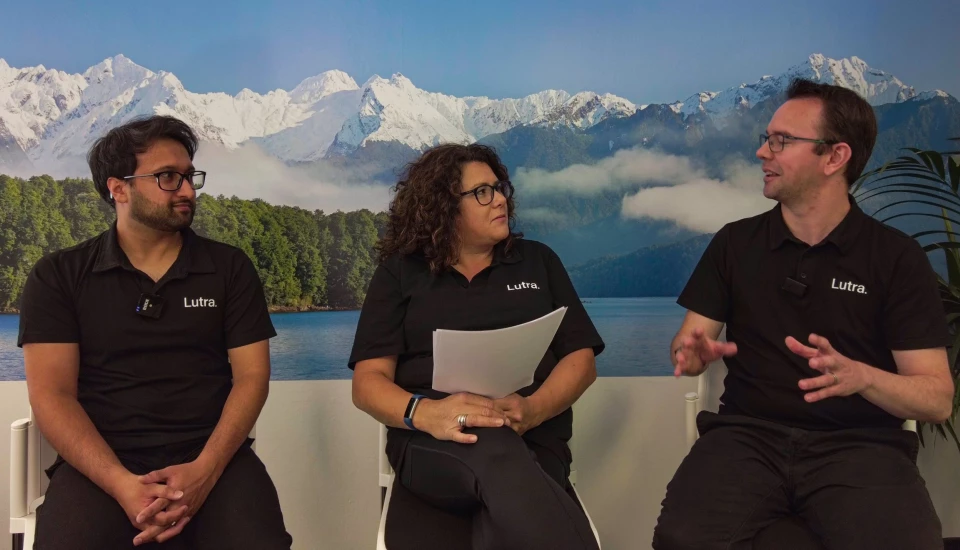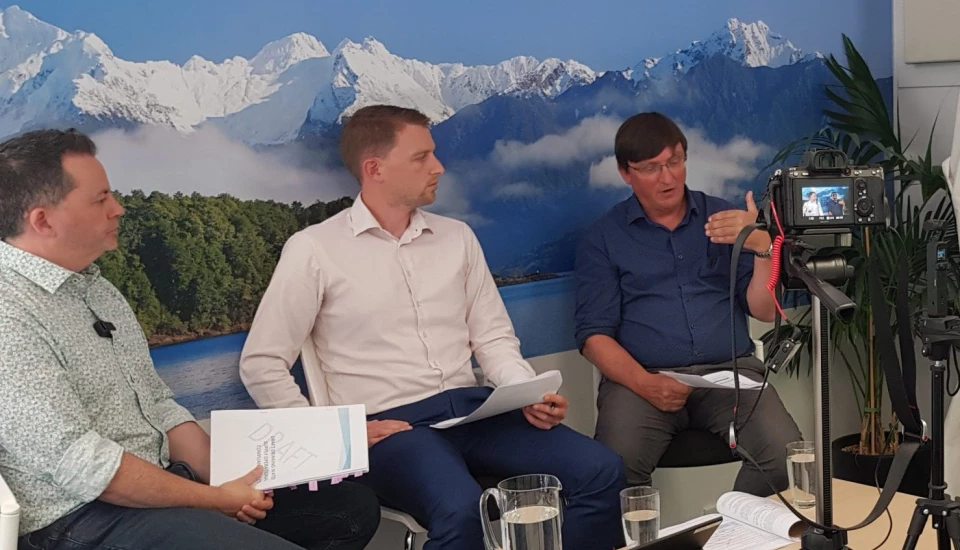There is a lot to get through in Taumata Arowai’s new Drinking Water Supply Operational Compliance Rules, so we have highlighted what we think are the top 45 need to know facts.
The DWSNZ are now limited to tables of Maximum Allowable Values (MAVs). Everything else is presented as operational compliance rules. The operational compliance rules define six water supply categories. We have focussed our commentary on the on-demand networked supplies serving >500 (referred to as large supplies)
Source Water Compliance Monitoring
1. Sample frequency is based on the determinand type: bacterial (E.Coli and total coliforms) must be monitored monthly; chemical determinands must be monitored annually (monthly for suppliers >10,000 population if a determinand exceeds 50% of its MAV); and radiological determinands monitored every 5 years (monthly if a determinand exceeds 50% of its MAV).
2. Physical parameters are treated differently based on supply size. For populations of 501-10,000: pH, turbidity and temperature must be monitored daily and conductivity, and dissolved organics monitored monthly. For populations >10,000: pH, turbidity, temperature and conductivity must be measured online. Dissolved organics must be monitored weekly.
3. It will be mandatory to monitor each source used.
Bacteriological Compliance Monitoring
4. Whilst disinfection with a residual is required by the Water Services Act 202X there are three processes that can be used to demonstrate bacteriological compliance: chlorine, UV and ozone (rules for chlorine dioxide are available from Taumata Arowai on request).
5. E.Coli can no longer be used to demonstrate bacteriological compliance at the treatment plant. All bacteriological compliance criteria are based on the use of online monitoring.
6. Non-compliance events occur when an exceedance is for the duration of any consecutive 15-minute period (changed from 3 minute) to bring us in line with USEPA and ADWG.
7. Chlorine C.t of at least 15 min.mg/L is proposed for at least 95% of the day. This is a change from 6 min.mg/L for at least 98% of the day.
8. A new requirement for chlorination is that the pH of water leaving the WTP must be 6.5 and 8.0.
9. A new requirement for chlorination is that FACE must not be less than 0.3mg/L at any time leaving the treatment plant.
10. The required monitoring locations for online instruments are defined e.g. FAC monitoring location: water at a point after the prescribed disinfection contact time has elapsed but before the first consumer.
11. C.t must by continuously calculated and monitored.
12. Exception reports must be provided for each non-compliant day and need to be provided to Taumata Arowai monthly.
13. Turbidity requirements for UV and Ozone are for turbidity not to exceed 5.0 NTU for the duration of any consecutive 15-min period. This is a change from not to exceed 1.0 NTU for more than 5% of compliance period and 2.0 NTU for the duration of any 3-minute period.
14. Online instrumentation calibration and verification frequencies are defined. E.g., FAC analysers must be calibrated in accordance with the instrument manufacturers specified procedures and frequency or weekly whichever is more frequent.
15. The issue of missing minutes is now directly related to a supplier’s ability to prove compliance: If data is missing for more than 15 consecutive minutes, or for a total of more than 72 minutes in the day (midnight to midnight), then compliance cannot be achieved.
16. Surface water, spring water and ground water sources that draw from a depth of less than 10m must provide 4 Log of treatment. Groundwater supplies drawing from >10m without a sanitary borehead must also provide 4 Log of treatment. This can be reduced to 3 Log if the source water risk assessment for the supply provides evidence that the source water has a low risk of protozoa contamination. Ground water sources that draw water from a depth of between 30m and 10m via a sanitary bore head are required to provide a protozoa treatment barrier of 3 Log. Ground water sources that draw water from a depth of >30 meters, via a sanitary bore head, in which E.Coli and total coliforms have not been detected over a period of 3 years, are not required to provide a protozoa barrier.
17. Bank filtration, diatomaceous earth filtration and bag filtration are no longer accepted protozoa barriers (rules for chlorine dioxide are available from Taumata Arowai on request).
18. Protozoal compliance now has a compliance monitoring period of daily (midnight to midnight). This is a change from monthly. Reporting will be on a monthly basis with suppliers having to indicate the number of compliant days and provide a report for each non-compliant day.
19. The service state of each filter, membrane filtration unit and cartridge filtration unit must be continuously monitored. Definitions of service state are provided e.g. Filter service state: Compliance requirements apply whenever the filter is in service to supply i.e. delivering water to consumers. Service state can be monitored using valve limit switches and/or flowrate.
20. Compliance for: direct filtration; coagulation, sedimentation and filtration are based on a 5% exceedance value and a 15 min event value. The 1% exceedance requirement has been dropped.
21. Compliance is now based on individual filters only. There are no combined filtrate compliance criteria (Section 5.7 in DWSNZ2018). Thus, to achieve 3.0 Log for direct filtration, or 3.5 Log for coagulation, sedimentation and filtration now requires filtrate from in service individual filters to not exceed 0.15 NTU for more than 5% of the day and to not exceed 0.50 NTU for the duration of any consecutive 15 min period.
22. Direct membrane integrity tests must be performed on each membrane filtration unit at least daily (midnight to midnight) if that membrane filtration unit has been in service at any point during the day. This will impact membrane plants that run integrity tests after 24h of operation.
23. If the turbidity of the membrane filtrate exceeds 0.10 NTU for more than 15 minutes the membrane unit is shut down and not returned to service until it as passed a direct integrity test.
24. A determinand must be measured in the treated water if it is:
a. present in the source water at concentrations >50% MAV.
b. added during treatment (or is a possible contaminant in a treatment chemical).
c. formed because of a treatment process, which is not expected to change in the distribution system.
d. identified in the source water risk management plan.
25. In the first year 15 samples must be taken to establish a “typical value”.
26. Determinands with a typical value >50% MAV ≤100% MAV must be sampled monthly in water leaving the treatment plant.
27. Determinands with a typical value <50% MAV must be sampled annually in water leaving the treatment plant.
28. Fluoride must be sampled weekly.
29. Where sodium hypochlorite is used – chlorate and perchlorate must be sampled weekly.
30. A new concept of event-based sampling is introduced whereby event-based monitoring must be undertaken for any event that may rapidly introduce high concentrations of health significant determinands into the source water.
31. Groundwaters and springs not influenced by surface conditions are considered low risk. Surface waters are considered at-risk. Source waters where cyanotoxins have been identified are considered high risk. Where an at-risk shows no evidence of cyanobacteria for two consecutive years it can then be considered to be low risk.
32. At-risk and high-risk sources must have cyanobacteria/cyanotoxin response plan featuring vigilance and alert levels.
33. Information on taste and odour problems that are not chlorine related (e.g., consumer complaints or observations by personnel) must be collected and considered in relation to the risk of cyanobacteria or cyanotoxins.
34. Water suppliers must prepare and implement a backflow prevention programme to protect their network.
35. Access to a water network through use of standpipe or other means is not permitted except by fire service, other emergency services, water supplier staff or authorised contactors for the purpose of undertaking legitimate water supply activities.
36. Standard operating procedures for planned and unplanned emergency repairs must be developed. Hygiene of workers, materials and tools must be maintained.
37. Written procedures must be prepared for the operation of storage facilities.
38. Sampling shall be performed by a person suitably trained in the collection of drinking water samples for compliance purposes.
39. A written sampling plan for disinfection residual and disinfection by-products must be prepared including a system map indicating sampling locations.
40. If chlorine is used as a disinfectant a residual of 0.2mg/L and a pH of 8.5 or less must be maintained at all locations at all times.
41. Chlorine & pH sampling frequency is based on population in the zone, starting at 1 sample per day for a zone with a population of 501-20,000 and going up to 3+ per day for zone populations >100,000. Continuous monitoring can be used in place of sampling but no online monitoring requirements are provided.
42. HAA MAV sum ratio is no longer used.
43. THM and HAA sampling starts off at monthly and if less than 50% of the MAV can drop to annually after 2 years.
44. A written sampling plan for E.Coli and total coliform monitoring must be prepared including a system map indicating sampling locations.
45. The required sampling frequencies for E.Coli and total coliforms are based on population in the zone, starting at 1 per week for 501-5,000 and going up to daily for 200,000.

